Welcome to the second installment of the Tile Tuesday series! If you missed part one you can find it right here. If there is one big takeaway from last week's post it is that there are two sides to Sevilla, the constant play between old and new.We were able to really dig in to both aspects on our Tile of Spain tour of Sevilla led by architect Gonzalo Cantos.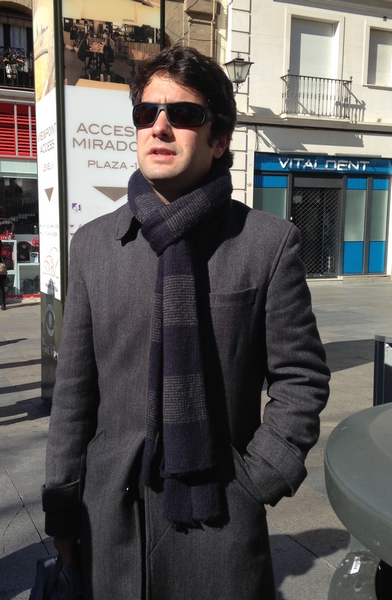 As we explored not only tile but the culture from which it originates, we were constantly presented with old and new, separate but not entirely mutually exclusive. What came before certainly influences the contemporary production.
As we explored not only tile but the culture from which it originates, we were constantly presented with old and new, separate but not entirely mutually exclusive. What came before certainly influences the contemporary production.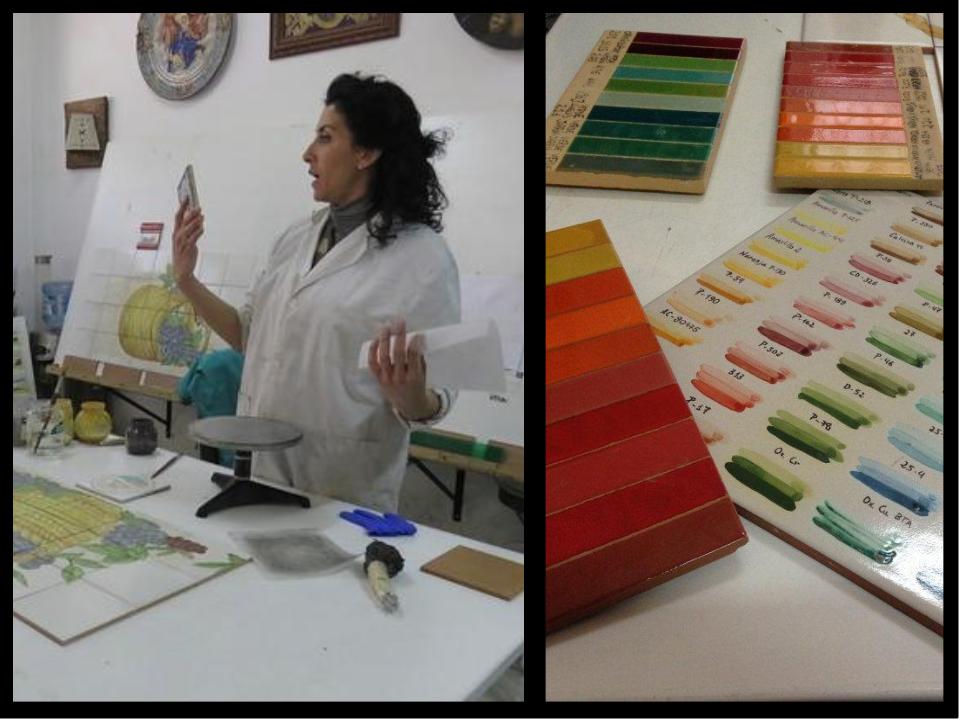 Later in the series we will take a look at modern state-of-the- art tile production in Spain but today I want to introduce you to a true old world style artisan, living and working in Sevilla. Meet Isabel Parente. We visited the studio where she creates her handmade tile and custom glazes. By the way, did you know that most ceramic glazes used today come from Spain?
Later in the series we will take a look at modern state-of-the- art tile production in Spain but today I want to introduce you to a true old world style artisan, living and working in Sevilla. Meet Isabel Parente. We visited the studio where she creates her handmade tile and custom glazes. By the way, did you know that most ceramic glazes used today come from Spain?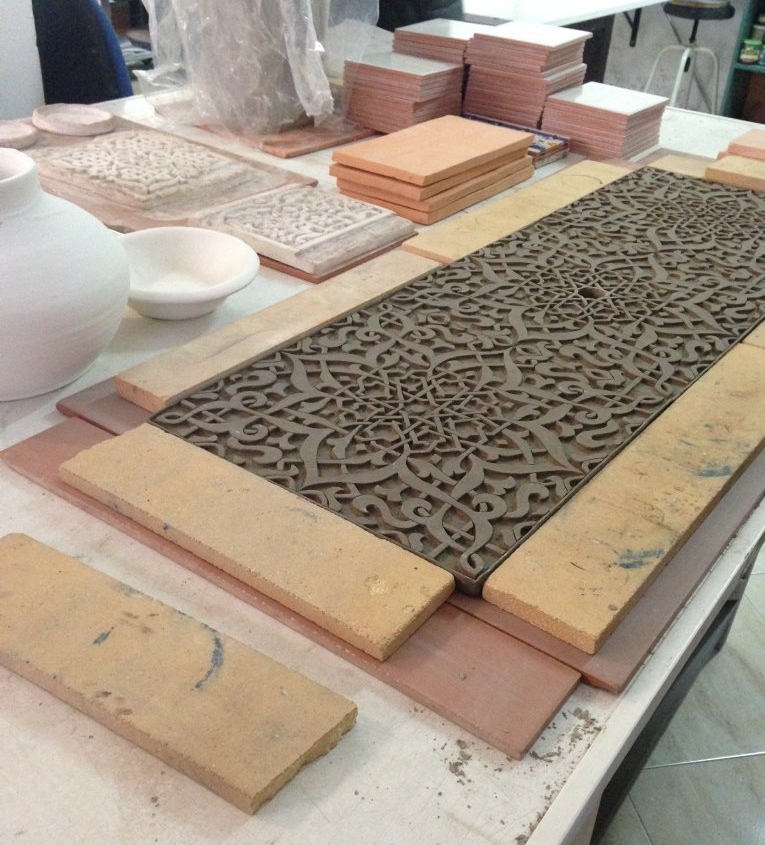 Isabel is mostly self-taught but briefly attended art school in Sevilla, followed by an internship in Perugia, Italy. She demonstrated a few different traditional methods including hand painting. Her practice includes the creation of new commissions as well as restoration.
Isabel is mostly self-taught but briefly attended art school in Sevilla, followed by an internship in Perugia, Italy. She demonstrated a few different traditional methods including hand painting. Her practice includes the creation of new commissions as well as restoration. It is interesting to note that with old world techniques (she doesn't even utilize a computer), Isabel is addressing the very current trend towards personalization. You can't get much more custom than what she does!
It is interesting to note that with old world techniques (she doesn't even utilize a computer), Isabel is addressing the very current trend towards personalization. You can't get much more custom than what she does!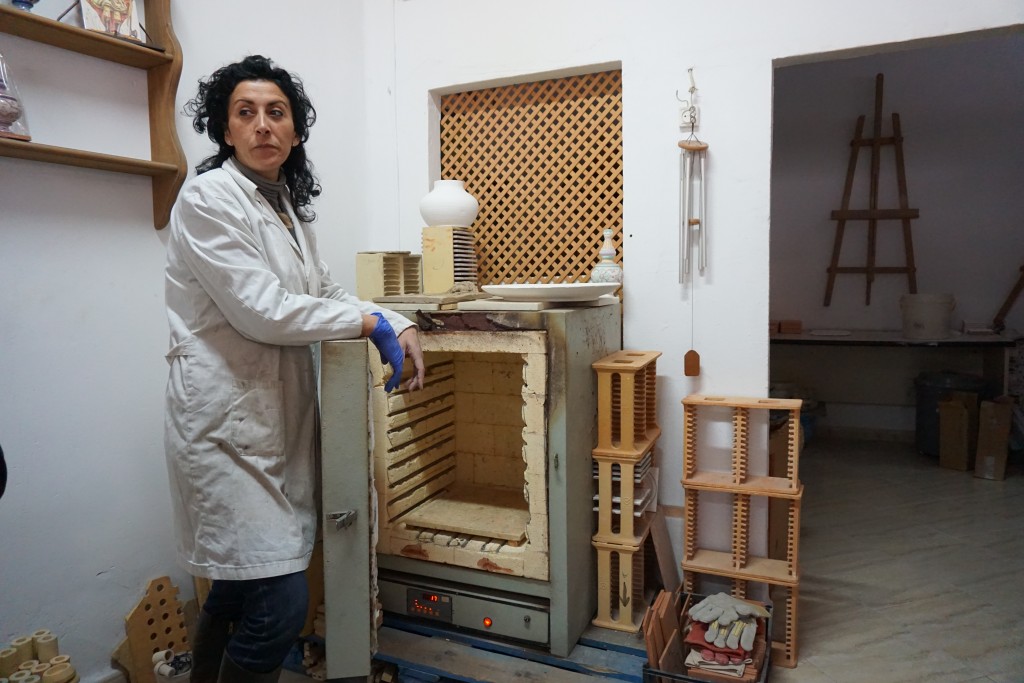 Just about a five minute walk from Isabel's studio you will find Encarnacion Square, the oldest part of Seville and home to one of its most controversial residents, Metropol Parasol. I posted our visit to Parasol in real-time. If you were one of those who wondered exactly what this was, today's your lucky day.
Just about a five minute walk from Isabel's studio you will find Encarnacion Square, the oldest part of Seville and home to one of its most controversial residents, Metropol Parasol. I posted our visit to Parasol in real-time. If you were one of those who wondered exactly what this was, today's your lucky day. 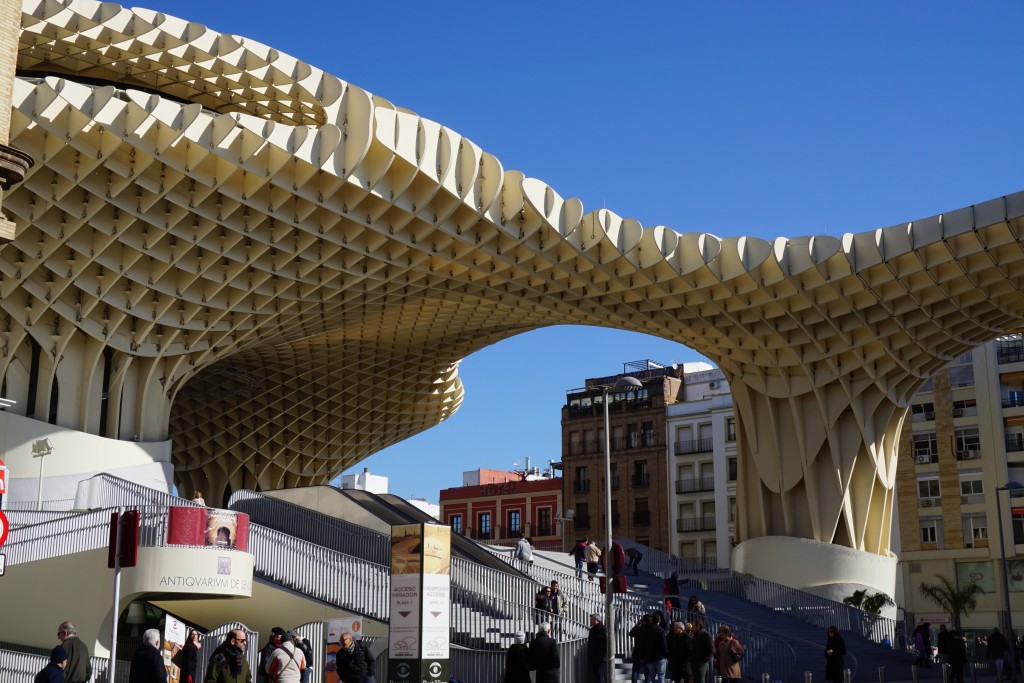 Encarnacion Square was home to a neighborhood market starting in the 19th century up until the 1970s when the area began to languish. Excavation to create a parking lot in the 1990s uncovered ancient Roman ruins below!
Encarnacion Square was home to a neighborhood market starting in the 19th century up until the 1970s when the area began to languish. Excavation to create a parking lot in the 1990s uncovered ancient Roman ruins below! 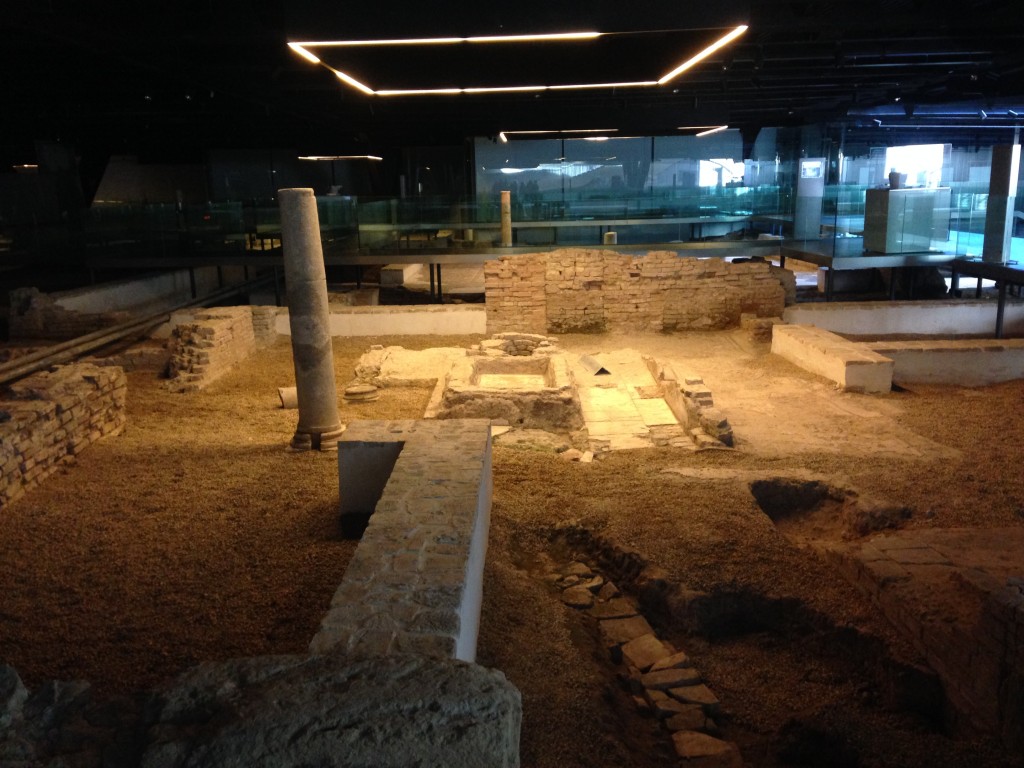 It wasn't until 2004 that the city decided to develop the property. Architect Jurgen Mayer-Hermann was selected and his Metropol Parasol was completed in 2011 at approximately double the 50 million Euro budgeted for the project. Part of the expense was due to technical flaws in his design that had to be overcome. This paired with the fact that its unexpected dramatic presence rubs "traditionalists" the wrong way, is what makes the Parasol a continuing subject of controversy.
It wasn't until 2004 that the city decided to develop the property. Architect Jurgen Mayer-Hermann was selected and his Metropol Parasol was completed in 2011 at approximately double the 50 million Euro budgeted for the project. Part of the expense was due to technical flaws in his design that had to be overcome. This paired with the fact that its unexpected dramatic presence rubs "traditionalists" the wrong way, is what makes the Parasol a continuing subject of controversy. 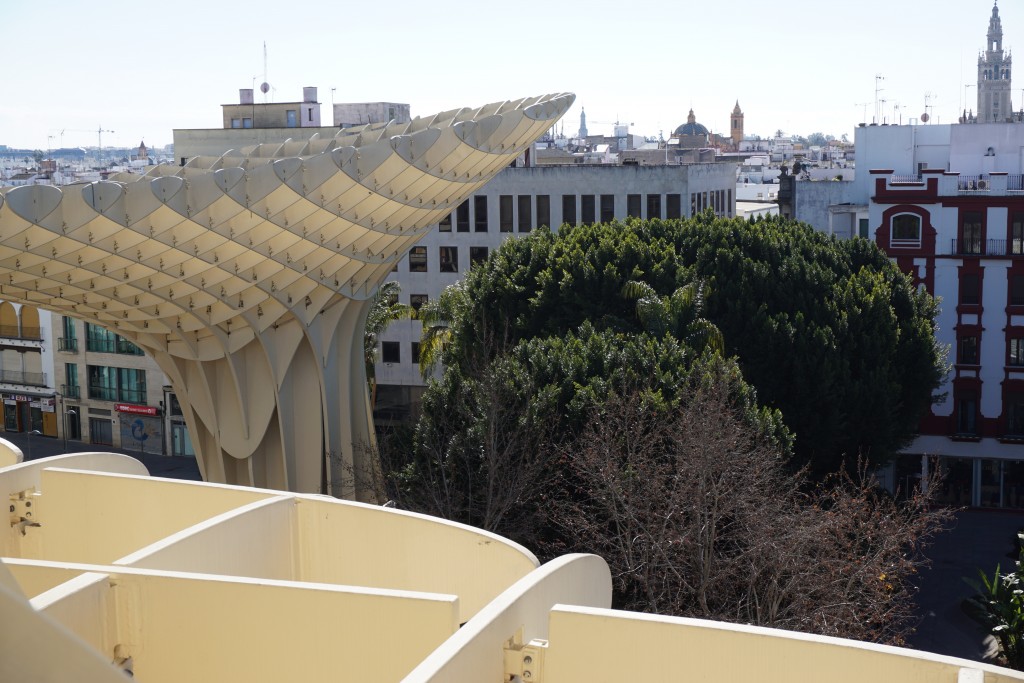 Here's
Here's my another perspective. Mayer-Hermann's inspiration came from the cathedral vaults of nearby Seville cathedral as well as from the large shade producing ficus trees of a neighboring park. In fact shade from the sweltering summer sun was one of his major objectives. In this way it does reference its location quite well. The project is an excellent example of the modern Spanish architecture of undulating curves and waves. Sevillanos refer to it as "Las Setas"(The Mushrooms). Giant "waffles" are made of birch hardwood with a polyurethane finish. 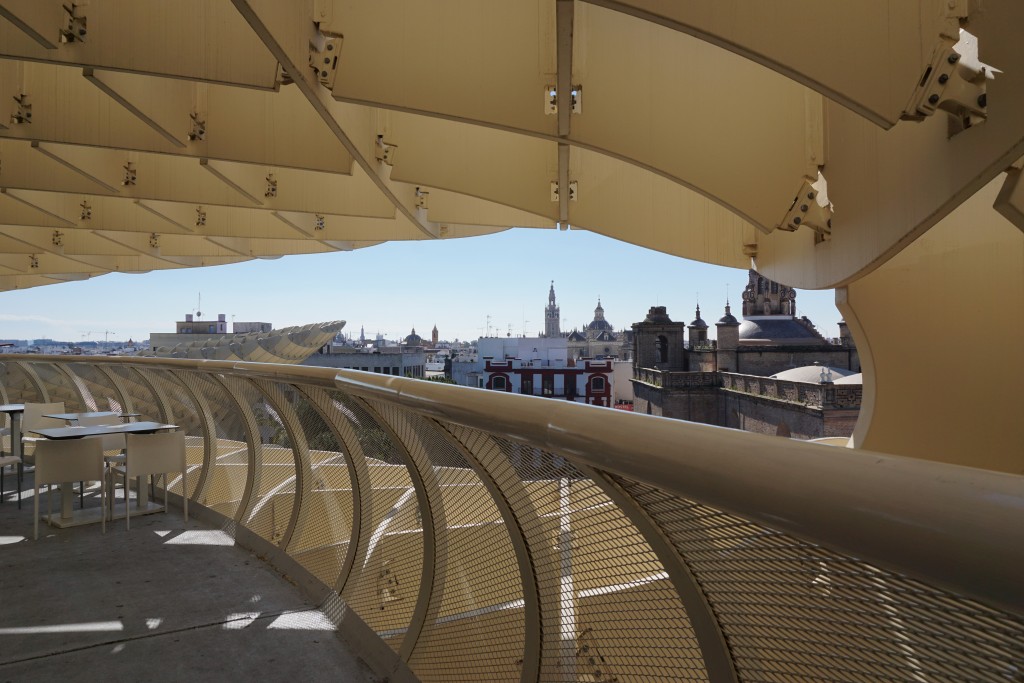 The excavation and restoration of the ruins below continue. On level zero you will find an Antiquarium where you can walk among old Roman buildings. The Parasol above is wholly supported on 8 points so as not to disturb the ruins below. On level one there is, once again, a market. The upper levels house restaurants and a meandering walkway offering various views of the city below.I will say that because of the design of the structure, I felt safely embraced on these walkways, sort of nice if you have a fear of heights!
The excavation and restoration of the ruins below continue. On level zero you will find an Antiquarium where you can walk among old Roman buildings. The Parasol above is wholly supported on 8 points so as not to disturb the ruins below. On level one there is, once again, a market. The upper levels house restaurants and a meandering walkway offering various views of the city below.I will say that because of the design of the structure, I felt safely embraced on these walkways, sort of nice if you have a fear of heights!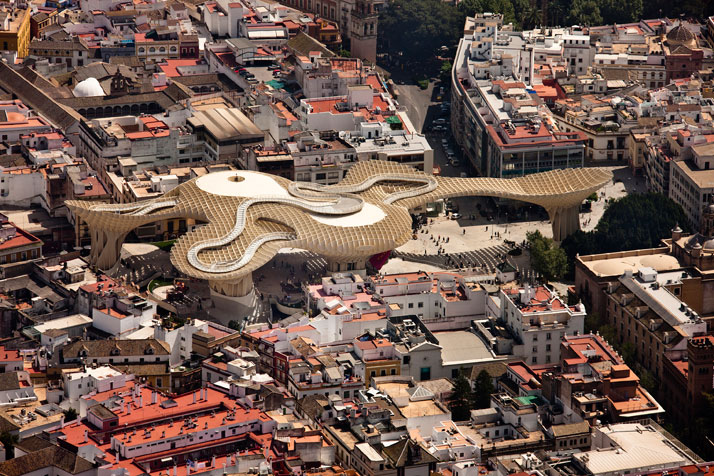 So what's your take? Ugly intrusion or a dramatic blending of old and new concepts exemplifying the new Spanish architecture?Before we leave Seville I want to share my pics with you. In addition to what I have written about here, and in part one, photos include: Plaza de España, Alfonso XIII Hotel, Royal Alcazar of Seville and Seville Cathedral. Now go grab some sangria, kick back and enjoy the sights.Next Tile Tuesday: On to Valencia and what I learned about tile and trends I saw at Cevisama 2015
So what's your take? Ugly intrusion or a dramatic blending of old and new concepts exemplifying the new Spanish architecture?Before we leave Seville I want to share my pics with you. In addition to what I have written about here, and in part one, photos include: Plaza de España, Alfonso XIII Hotel, Royal Alcazar of Seville and Seville Cathedral. Now go grab some sangria, kick back and enjoy the sights.Next Tile Tuesday: On to Valencia and what I learned about tile and trends I saw at Cevisama 2015
Tile Tuesday: The Inspiration of Antiquity
Welcome Tile Tuesday! This is the first installment of a series inspired by my discoveries exploring Seville and Valencia, Spain with Tile of Spain. Not only did we attend Cevisama, the renowned trade fair showcasing the best of the Spanish tile industry, we also explored two cities, their history, culture and architecture with two very passionate local architects. Along the way I learned a lot about ceramic tile in general and that was one of my goals for this trip. Each Tuesday I will be sharing something interesting about tile and the cities we visited. Ceramic tile is the product of the culture in which it is made. Whether you’re talking 1300s or today, tile really is an artefact of the time in which it was produced.
Along the way I learned a lot about ceramic tile in general and that was one of my goals for this trip. Each Tuesday I will be sharing something interesting about tile and the cities we visited. Ceramic tile is the product of the culture in which it is made. Whether you’re talking 1300s or today, tile really is an artefact of the time in which it was produced.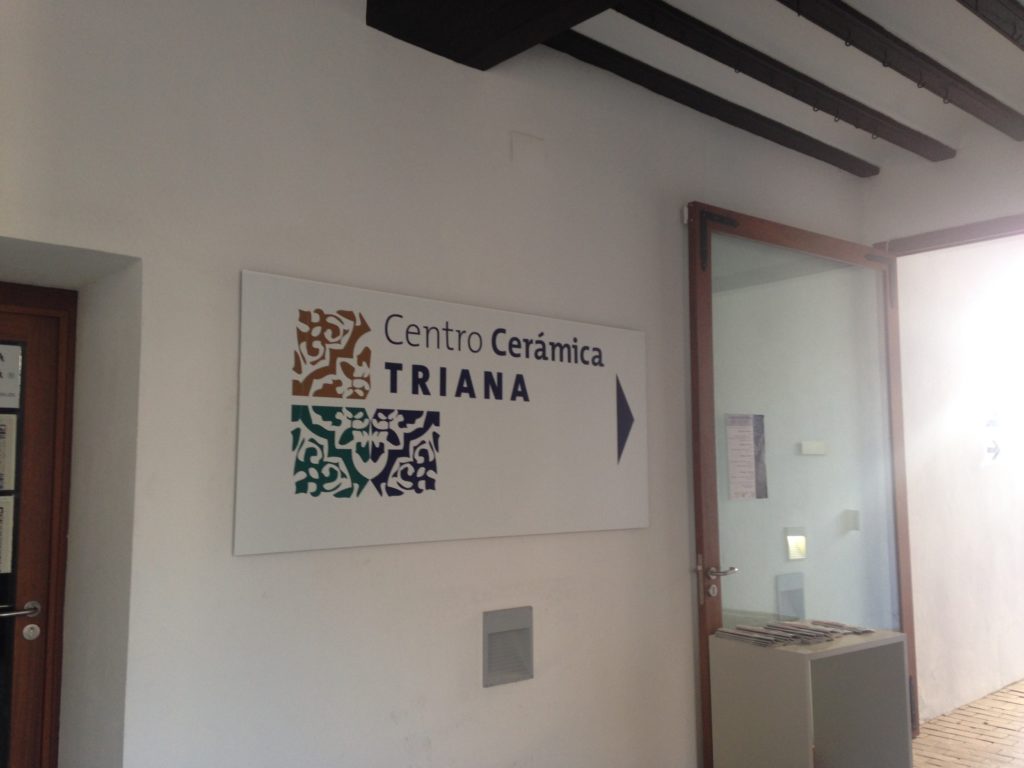 Even the examples we saw of cutting edge 21st century Spanish tile manufacturers such as Peronda, Inalco, Aparici and more have their roots in a much older tradition. What better place to begin than at the beginning. Our adventure started in Seville with a visit to Centro Ceramica Triana, a ceramic museum which was once a tile factory.
Even the examples we saw of cutting edge 21st century Spanish tile manufacturers such as Peronda, Inalco, Aparici and more have their roots in a much older tradition. What better place to begin than at the beginning. Our adventure started in Seville with a visit to Centro Ceramica Triana, a ceramic museum which was once a tile factory.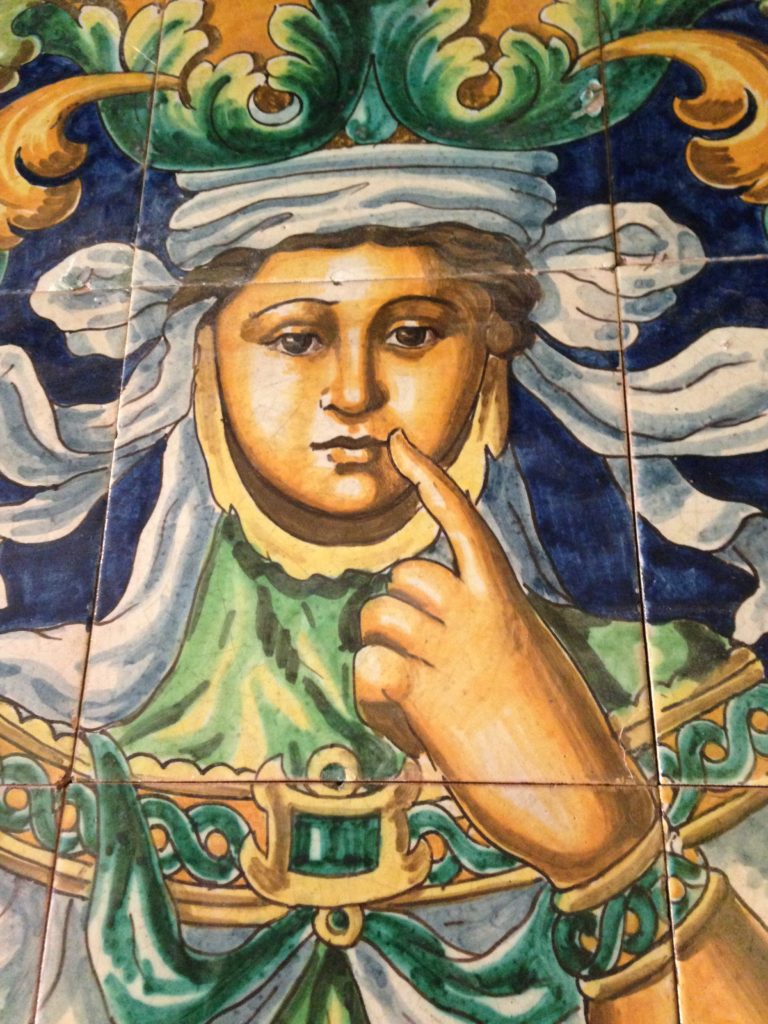 Several years ago the city of Sevilla wisely decided to preserve and showcase the old Santa Ana Ceramic Factory, which itself was built upon centuries old prior factories.Last year it was opened to the public. What intrigued me the most is that this museum is a structure consisting of layers. You can find antiquity dating back to the 16th century on the bottom followed my those of the following centuries above it. Architecture is honored. What has come before is respected and preserved. The new lives together with the old throughout Spain and this museum is a perfect example of that.
Several years ago the city of Sevilla wisely decided to preserve and showcase the old Santa Ana Ceramic Factory, which itself was built upon centuries old prior factories.Last year it was opened to the public. What intrigued me the most is that this museum is a structure consisting of layers. You can find antiquity dating back to the 16th century on the bottom followed my those of the following centuries above it. Architecture is honored. What has come before is respected and preserved. The new lives together with the old throughout Spain and this museum is a perfect example of that.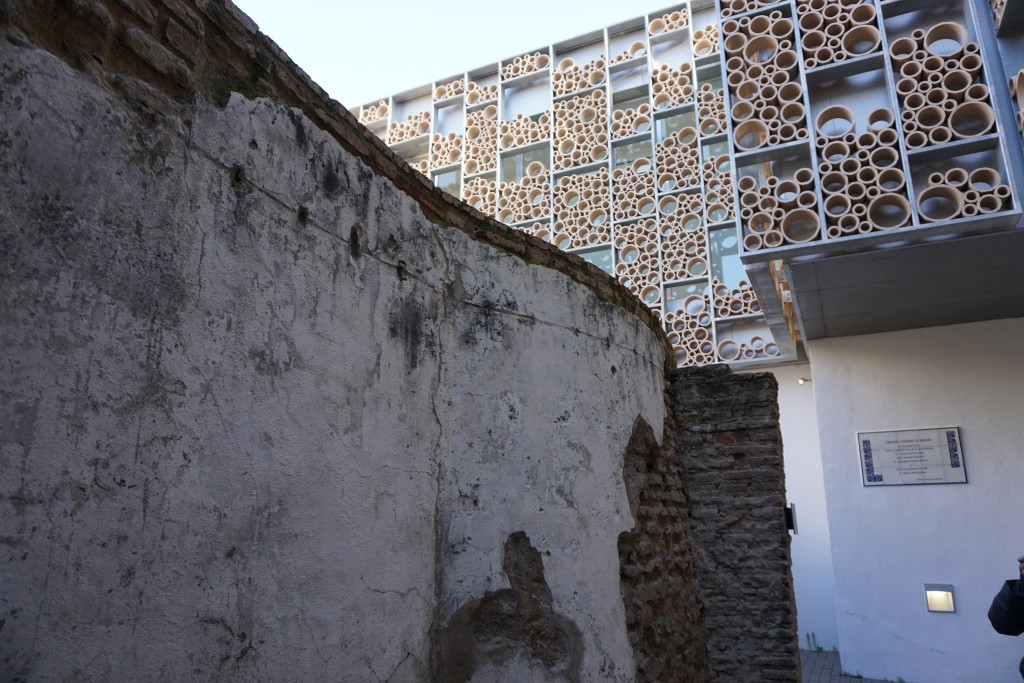 Run by Enrique Rodgriguez Garcia, Santa Ana was still a productive factory up until the seventies. They survived up until that point selling all genres of ceramics including murals, shop signs, pottery, lettering, and religious items. Garcia passed away in 2005 but has left his artisan legacy to his descendants.
Run by Enrique Rodgriguez Garcia, Santa Ana was still a productive factory up until the seventies. They survived up until that point selling all genres of ceramics including murals, shop signs, pottery, lettering, and religious items. Garcia passed away in 2005 but has left his artisan legacy to his descendants.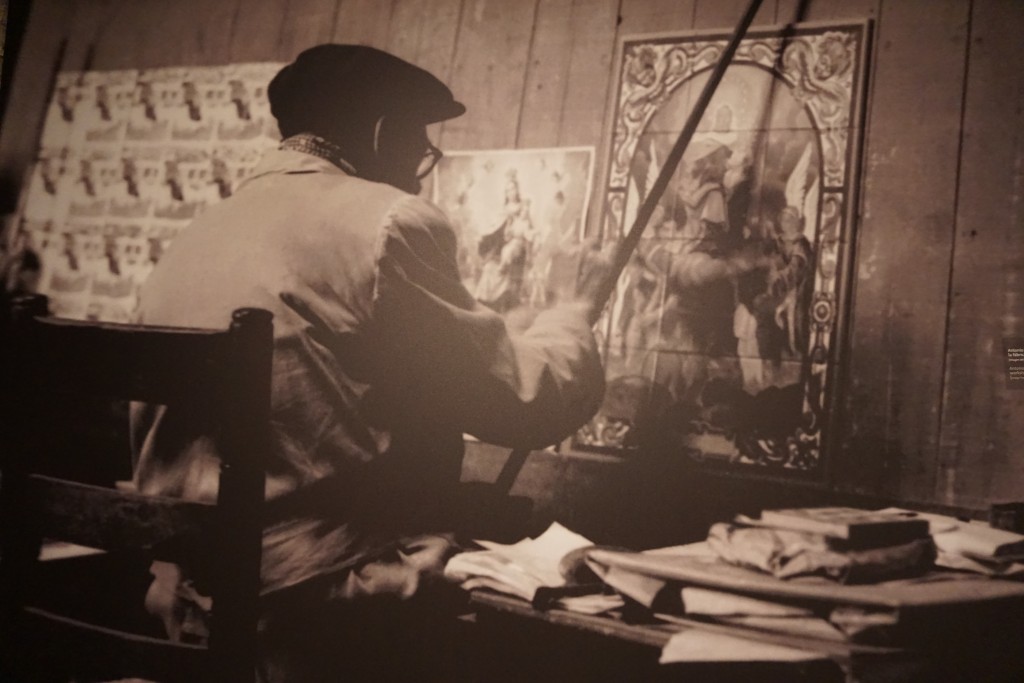
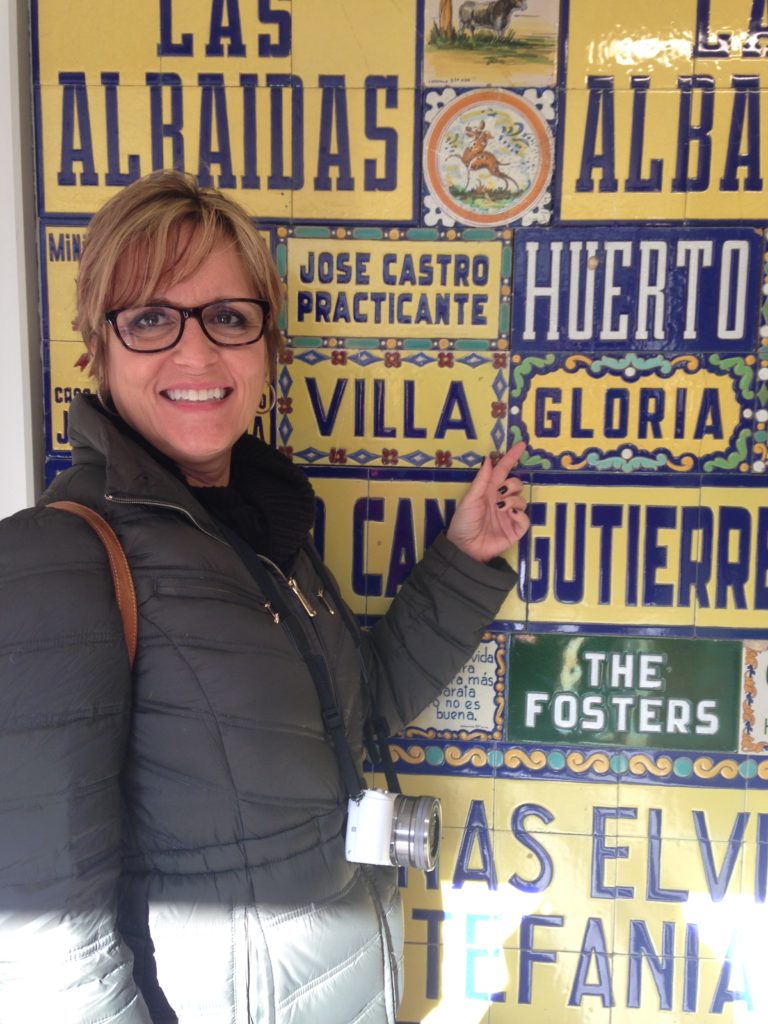 The barrio of Triana sits on the banks of the River Guadalquivir. The ceramic industry, which dates back to Roman times, grew here, in this neighborhood, due to the proximity of natural clay resources. In addition, it is interesting to note that most ceramic glazes come from Spain. This film, by Direccion TVArq, gives you a real feel for the space, outlining the blend between the modern museum and the antiquity revealed below. Note the original 16th century kilns and if you are fortunate enough to speak Spanish you will hear about the history of the site and the process of creating the current museum.
The barrio of Triana sits on the banks of the River Guadalquivir. The ceramic industry, which dates back to Roman times, grew here, in this neighborhood, due to the proximity of natural clay resources. In addition, it is interesting to note that most ceramic glazes come from Spain. This film, by Direccion TVArq, gives you a real feel for the space, outlining the blend between the modern museum and the antiquity revealed below. Note the original 16th century kilns and if you are fortunate enough to speak Spanish you will hear about the history of the site and the process of creating the current museum.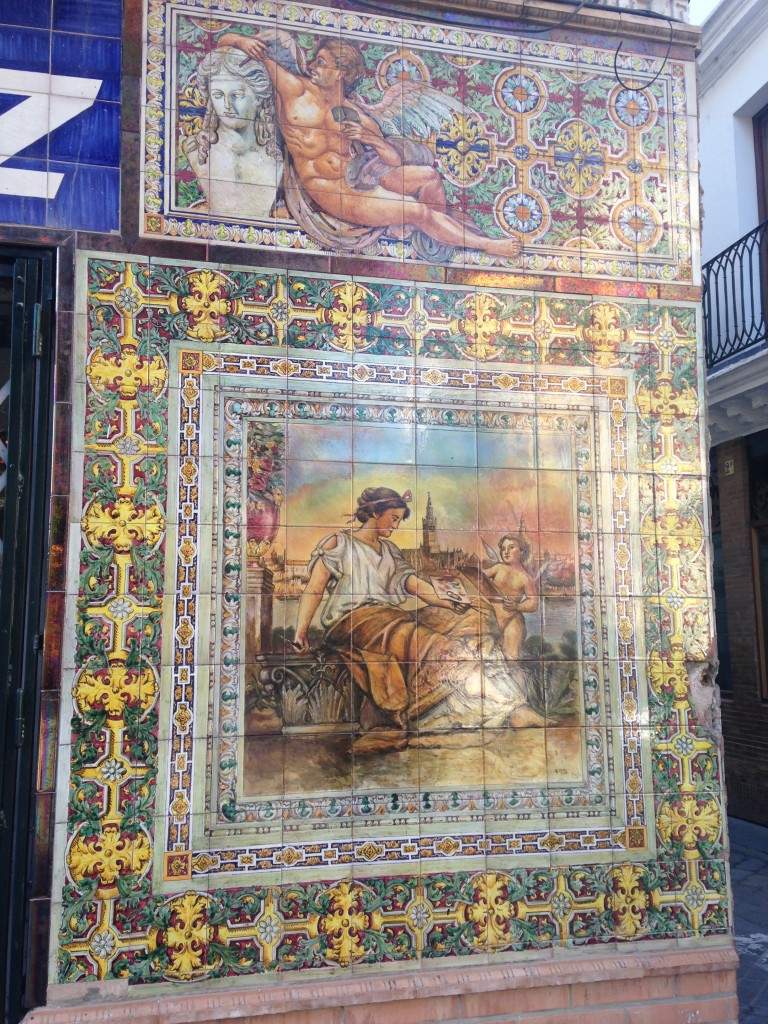
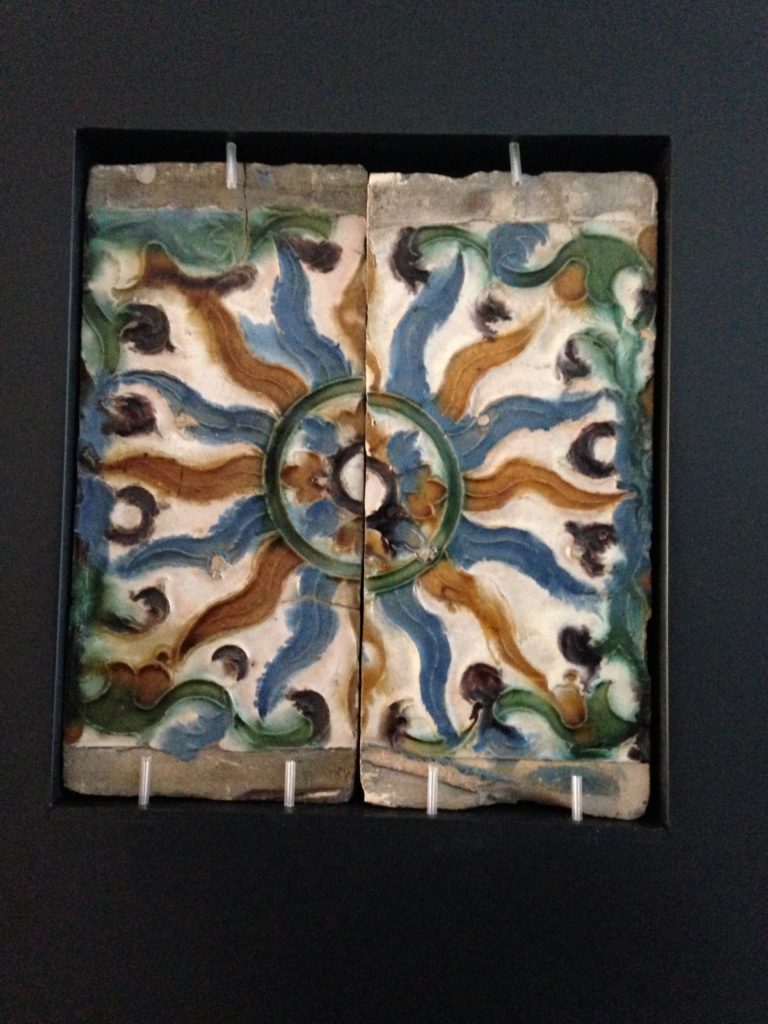 There are many ways to form and decorate clay to create ceramic tile. Niculoso Francisco Pisano, born and trained in Italy, lived and worked in Triana in the early 1500s. He devised a way of mass producing tiles. This is piece circa 1529 is one of the examples from his workshop.
There are many ways to form and decorate clay to create ceramic tile. Niculoso Francisco Pisano, born and trained in Italy, lived and worked in Triana in the early 1500s. He devised a way of mass producing tiles. This is piece circa 1529 is one of the examples from his workshop.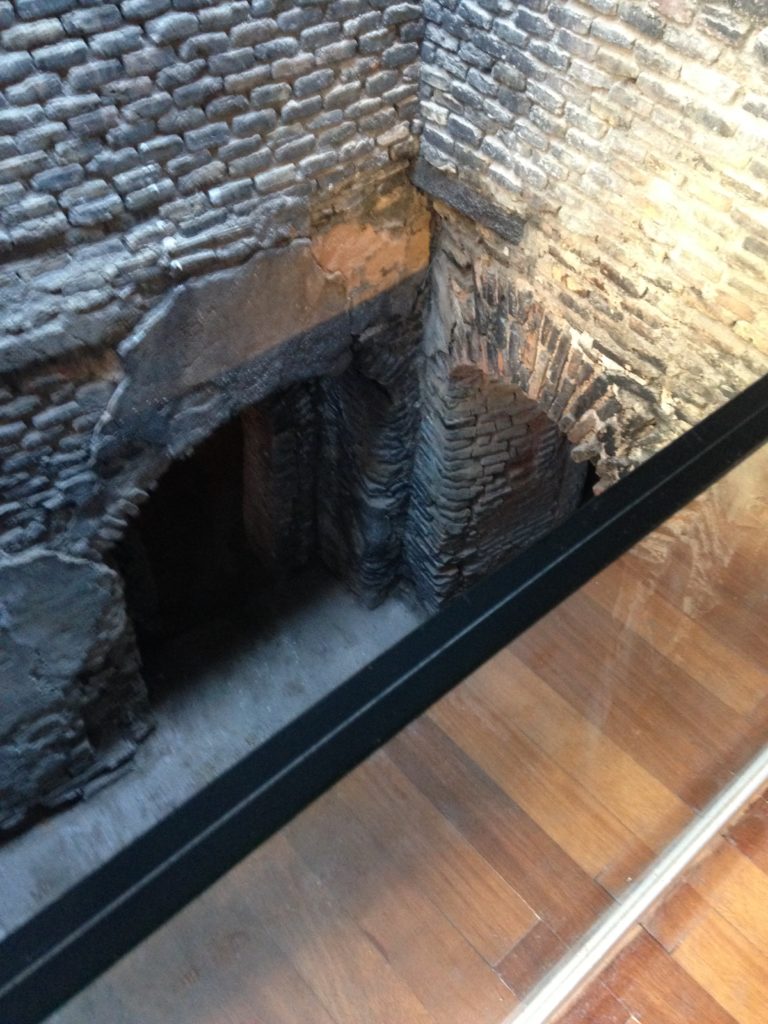 Ceramic tile is a creation of clay, earth, water, air and fire, a perfect balance of elements. I felt a soulfulness about this place, a passion for artisanship that lingers.Next Tile Tuesday: A look at Metropol Parasol, feat of engineering or folly?https://www.facebook.com/kitchensforliving
Ceramic tile is a creation of clay, earth, water, air and fire, a perfect balance of elements. I felt a soulfulness about this place, a passion for artisanship that lingers.Next Tile Tuesday: A look at Metropol Parasol, feat of engineering or folly?https://www.facebook.com/kitchensforliving
